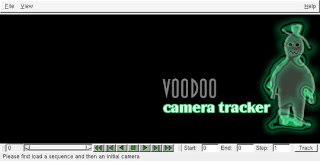I seem to be in a very singular mood these days. I've been listening to a bunch of
podcasted talks from the Singularity Summit - and elsewhere - during my bus commutes from
Lompoc to Santa Barbara and back. One of my favorites is Bruce Sterling's 2007 South by Southwest rant. It's a terrific talk that he begins by
not inviting everyone to his home in Austin for a keg party. That's after he reveals that he's been able to turn off the
Wi-
Fi on his laptop, so that he won't be tempted to blog his
own talk while he's giving it!
I also ordered William Gibson's new book "Spook Country," and it has arrived, along with
Kurzweil's book, "The Singularity is Near" - which I've already read as a library book, but which I think is worth reading again, this time with the freedom to make notes in the margins.
But I am denying myself the immediate pleasure of reading Gibson's book, for a couple of reasons: first, I had to finish rereading William
Stross's book, "
Accelerando." Originally I was looking for a certain passage in it that I thought would make an interesting blog topic, so I downloaded the full text, which, in the spirit of the
FSF, is available for free. I grepped for the passage I was looking for, but then I started to just read. So I printed out about the first 30 pages or so, as something to read on the bus. I devoured that, and when I got home, I dug up my paperback copy of the book, and stashed it in my backpack. I just finished reading it yesterday, but I still can't read "Spook Country." I picked up Gibson's previous book, "Pattern Recognition," which I've also read
before, but, after reading a review of "Spook," wanted to have fresh in my mind. I just started reading it last night.
So, it will be a few days to a couple of weeks before I can tackle "Spook Country." But by then I'll be fully prepared.
Meanwhile, I still need to pull that quote from "
Accelerando."





